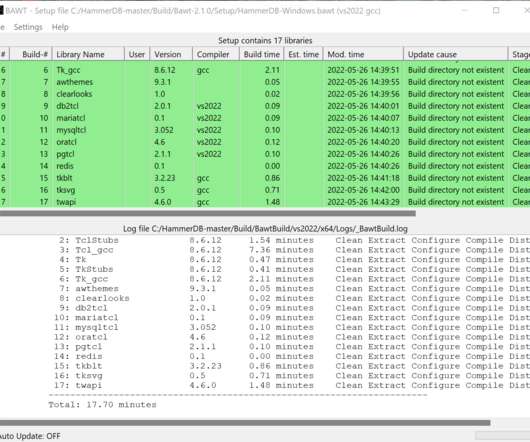Supercomputing Predictions: Custom CPUs, CXL3.0, and Petalith Architectures
Adrian Cockcroft
JANUARY 20, 2023
Here’s some predictions I’m making: Jack Dongarra’s efforts to highlight the low efficiency of the HPCG benchmark as an issue will influence the next generation of supercomputer architectures to optimize for sparse matrix computations. Next generation architectures will use CXL3.0 petaflops, which is 0.8% of peak capacity.













Let's personalize your content